The iPhone SE, Apple’s budget-friendly offering, has always been a curious case. It packs flagship-level performance into a body that’s often generations old. While lauded for its affordability and processing power, its design choices have consistently sparked debate. This article delves into three controversial decisions Apple made with the SE’s design, exploring the reasoning behind them, the criticisms they’ve faced, and the implications for users. We’ll examine the SE’s recycled chassis, its small display in an increasingly big-screen world, and the conspicuous absence of modern features like Face ID.
The Recycled Chassis: A Familiar Form Factor, But at What Cost?
The most obvious point of contention with the iPhone SE’s design is its repeated use of older iPhone bodies. The first-generation SE borrowed heavily from the iPhone 5s, the second-generation from the iPhone 8, and the most recent model from the iPhone XR. This strategy has allowed Apple to leverage existing manufacturing processes and reduce production costs, ultimately passing some savings onto the consumer.
- Pros: Lower price point, familiarity for existing iPhone users, proven durability.
- Cons: Dated aesthetics, smaller battery capacity compared to newer designs, lack of design innovation.
While the cost benefits are undeniable, the use of older designs can feel like Apple is offering a “hand-me-down” experience. In a world where smartphone design is constantly evolving, the SE’s aesthetic can feel stagnant. For users who prioritize a modern look and feel, this is a significant drawback.
Personally, I’ve used both the first and second-generation SE models. While I appreciated the compact size and the powerful internals, the dated design did make the phone feel less premium compared to my other devices. The smaller battery, a direct consequence of the older chassis, was also a constant concern.
The Small Screen: A Niche or a Necessity?
Another point of contention is the iPhone SE’s relatively small screen size. In an era dominated by large, edge-to-edge displays, the SE’s 4.7-inch (second and third generation) screen can feel cramped. While some users appreciate the compact form factor and one-handed usability, others find it limiting for media consumption, gaming, and even everyday tasks like browsing the web.
- Pros: Pocketable size, easy one-handed use, lower production cost.
- Cons: Limited screen real estate, less immersive media experience, potentially less comfortable for users with larger hands.
Is the small screen a deliberate choice to cater to a niche market, or is it simply a cost-saving measure? Apple likely targets users who prioritize portability and affordability over a large display. However, in a world where even budget Android phones often offer larger screens, the SE’s display can feel like a compromise too far for some.
The Missing Modern Features: Where’s the Face ID?
The iPhone SE has consistently lacked some of the features found in Apple’s flagship devices. Most notably, Face ID, Apple’s advanced facial recognition system, has yet to make its way to the SE lineup. Instead, the SE retains the Touch ID fingerprint sensor, a technology that, while still functional, feels somewhat outdated compared to the more modern Face ID.
- Pros: Familiar and reliable fingerprint sensor, lower cost to implement.
- Cons: Lack of Face ID, potentially slower and less convenient than facial recognition, outdated technology.
The absence of Face ID is likely another cost-saving measure, as it eliminates the need for the complex TrueDepth camera system required for facial recognition. However, it also means that SE users miss out on the convenience and security benefits of Face ID.
Beyond Face ID, the SE also often lags behind flagship iPhones in other features, such as camera technology and display quality. While the SE’s A-series chip ensures top-notch performance, other aspects of the phone can feel like a step behind.
The Strategic Balancing Act: Price vs. Features
Apple’s design decisions for the iPhone SE are clearly driven by a strategic balancing act: offering a powerful and affordable device while maintaining a clear distinction from its premium models. By reusing older designs and omitting certain features, Apple can keep the SE’s price point competitive.
However, this strategy also raises questions about value. While the SE is undoubtedly cheaper than flagship iPhones, is it truly a good value for everyone? For users who prioritize a modern design, a large screen, and the latest features, the SE might not be the best choice.
The Future of the SE: Evolution or Stagnation?
The iPhone SE occupies a unique position in the smartphone market. It offers flagship-level performance at a mid-range price. However, its design choices have consistently been a point of contention. Will Apple continue to rely on recycled designs for future SE models? Or will the company eventually introduce a more modern design language to its budget-friendly offering?
Only time will tell. However, one thing is certain: the iPhone SE’s design will continue to be a topic of discussion and debate for as long as it exists. The balance between affordability, performance, and design is a delicate one, and Apple’s approach to the SE will continue to be scrutinized by consumers and critics alike.
The User Perspective: What Matters Most?
Ultimately, the success of the iPhone SE depends on what users prioritize. For those who value performance above all else and are willing to compromise on design and features, the SE remains a compelling option. However, for users who want a more modern and feature-rich experience, the SE might not be the right fit.

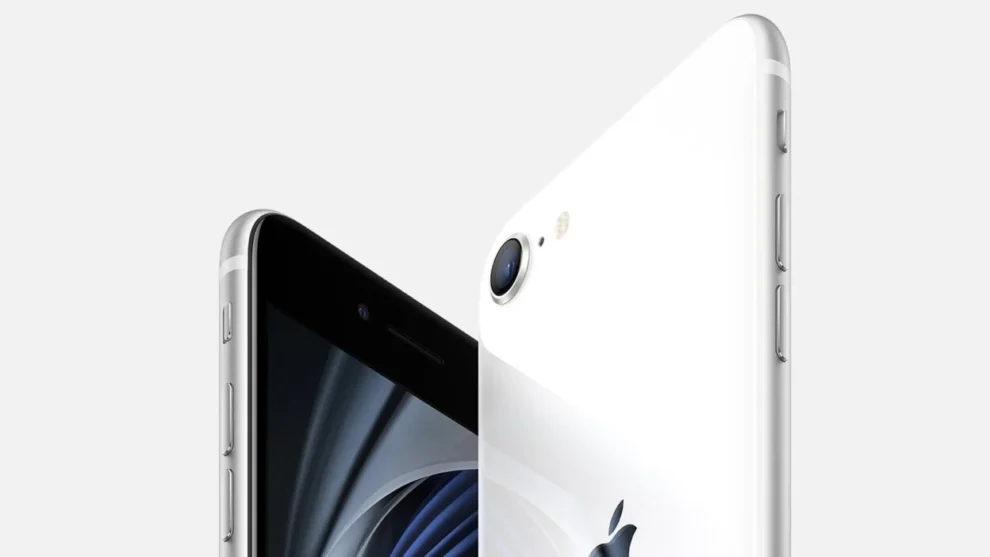






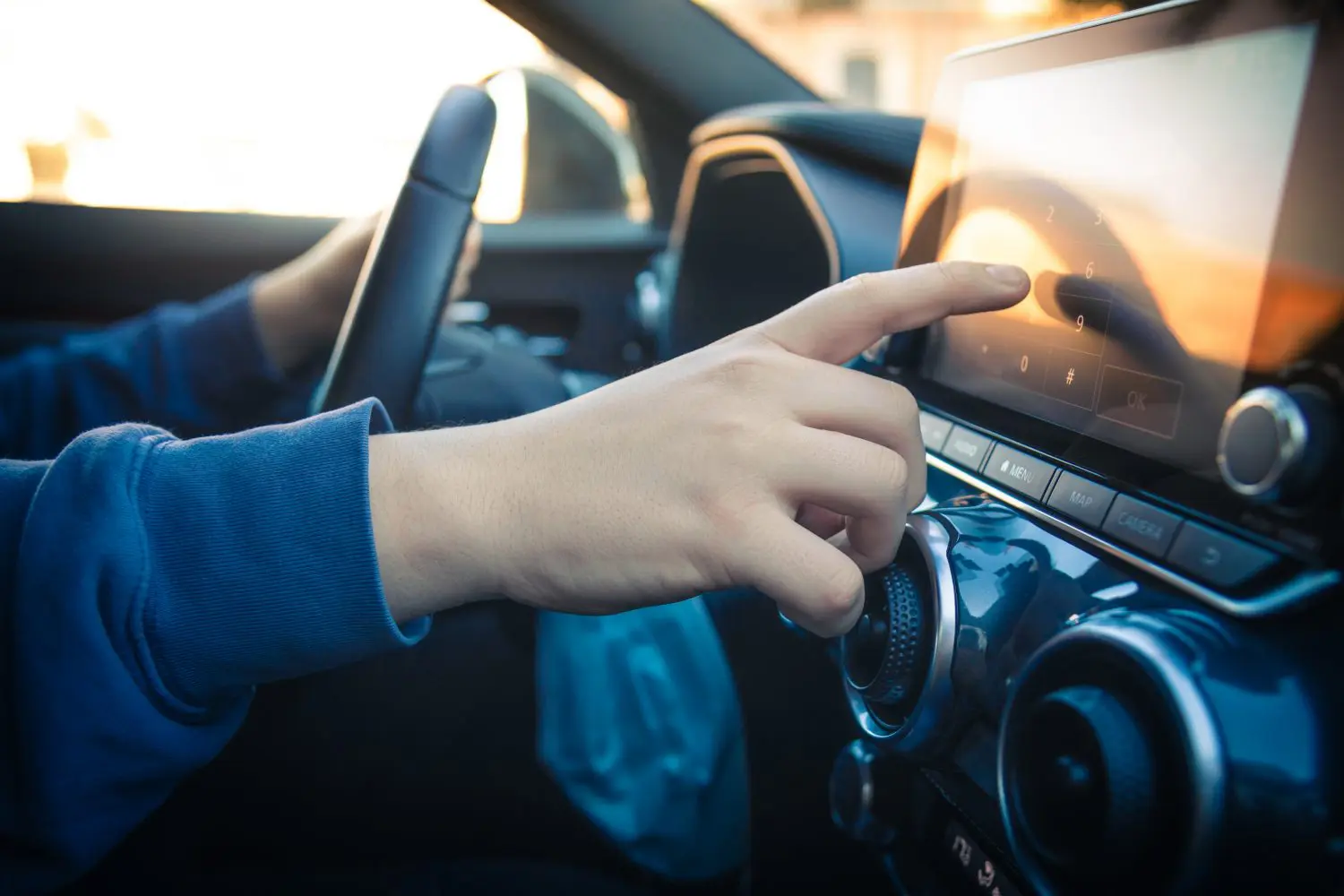
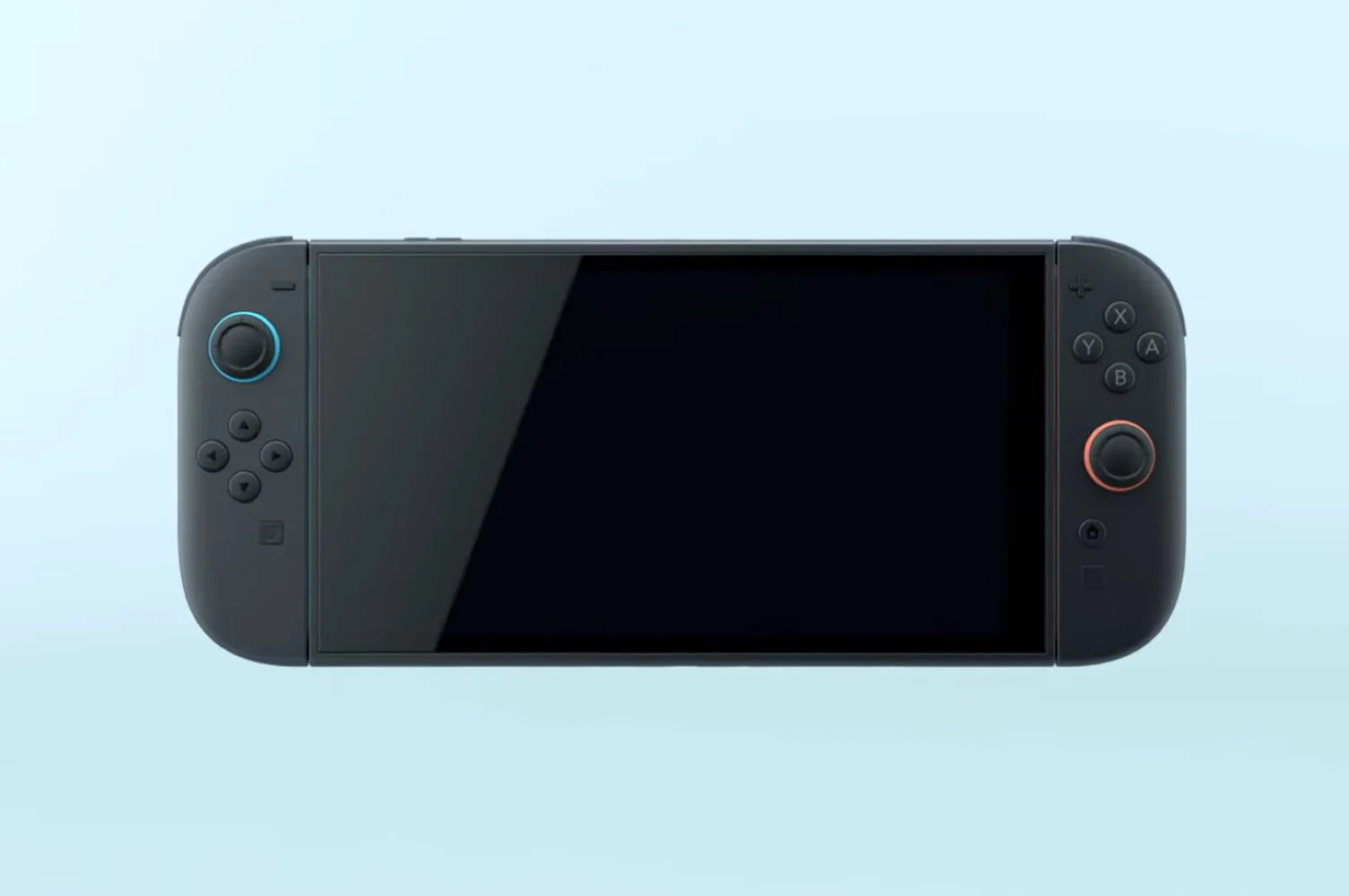
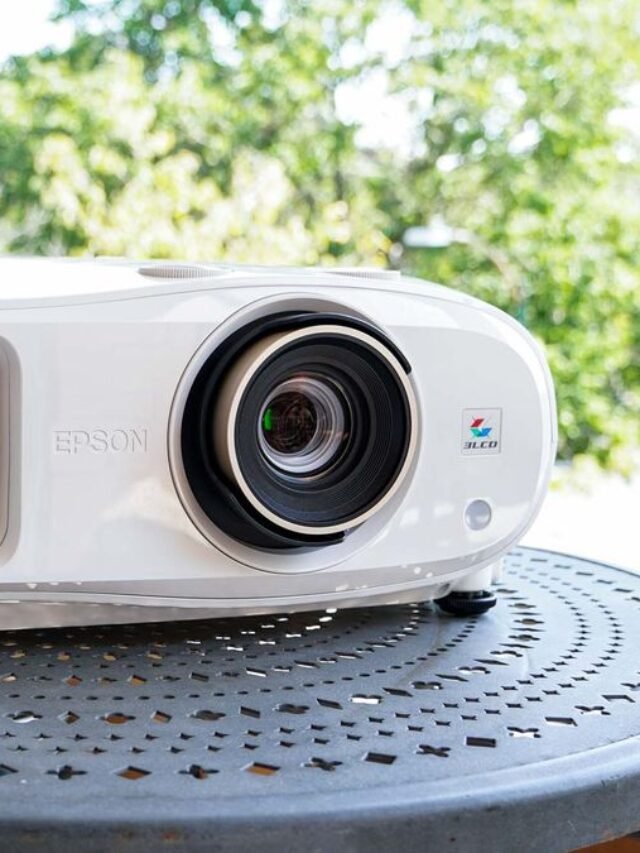
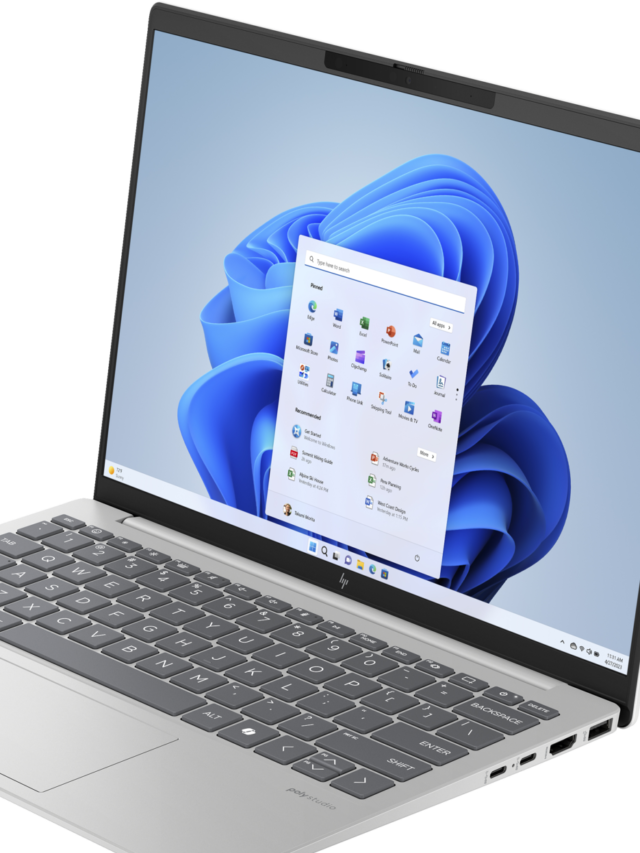
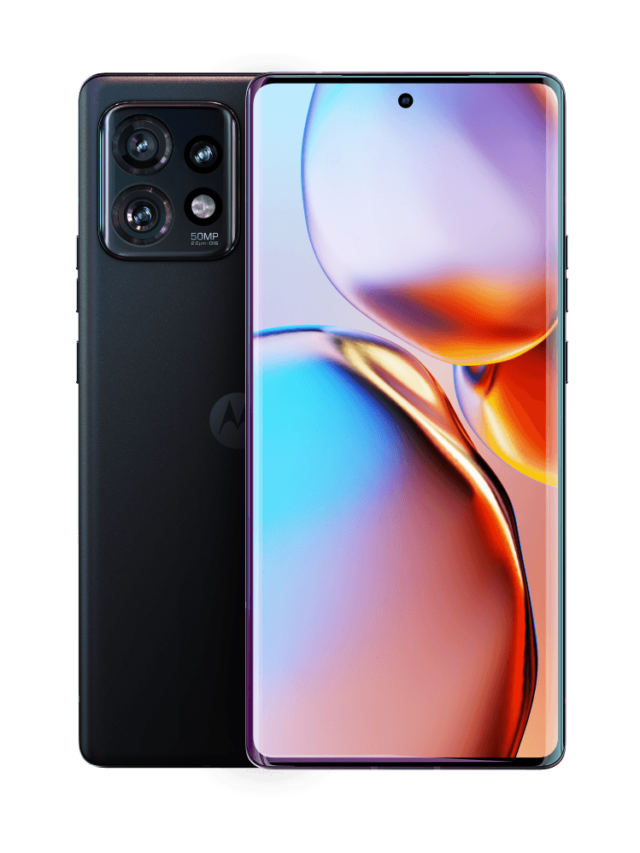

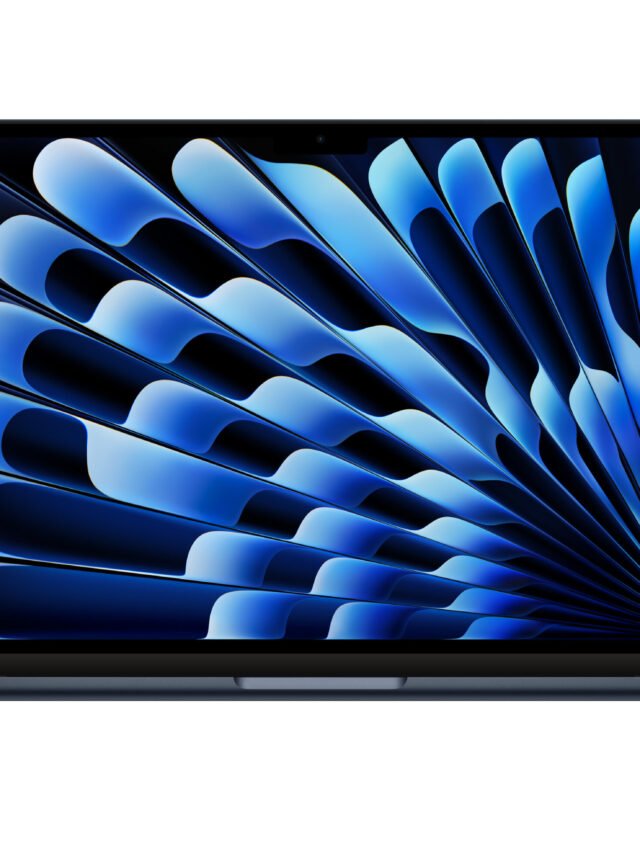
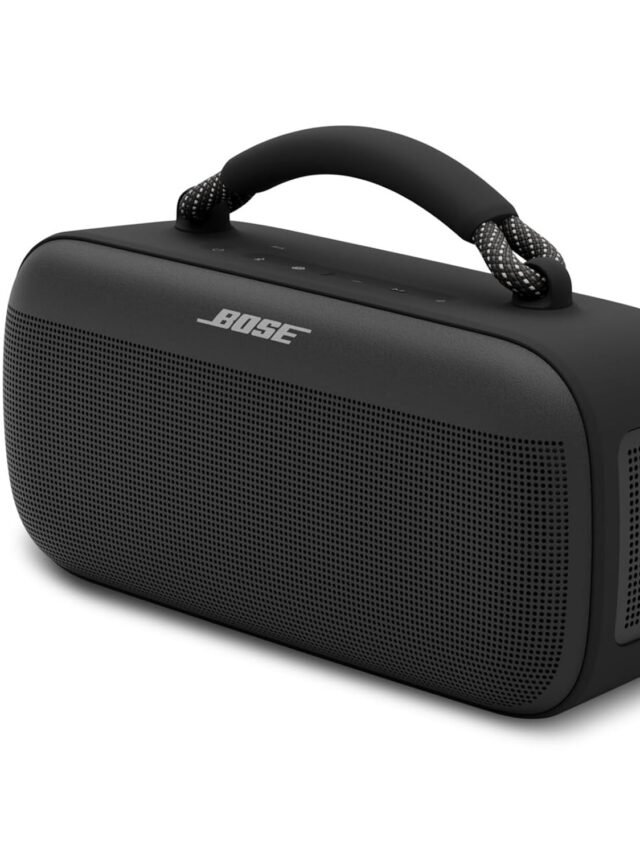
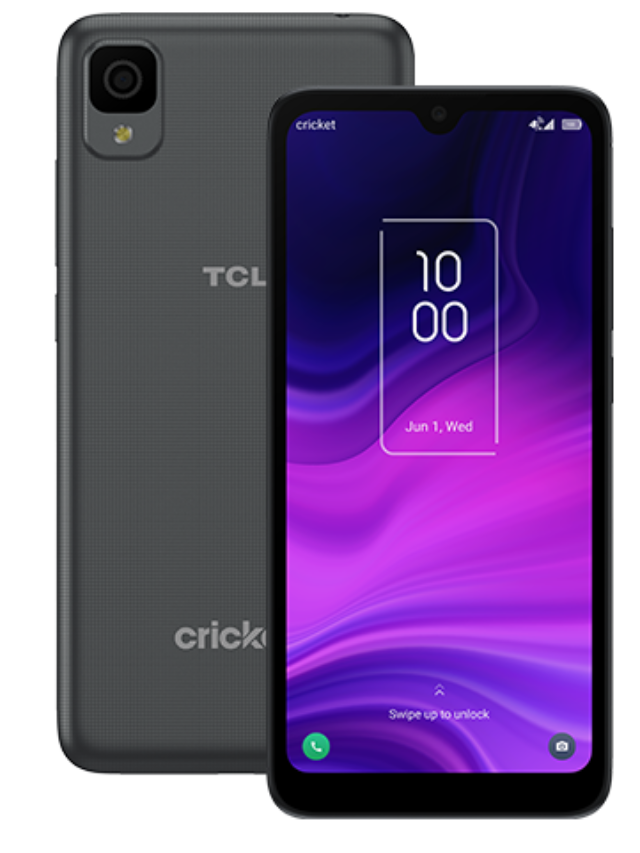

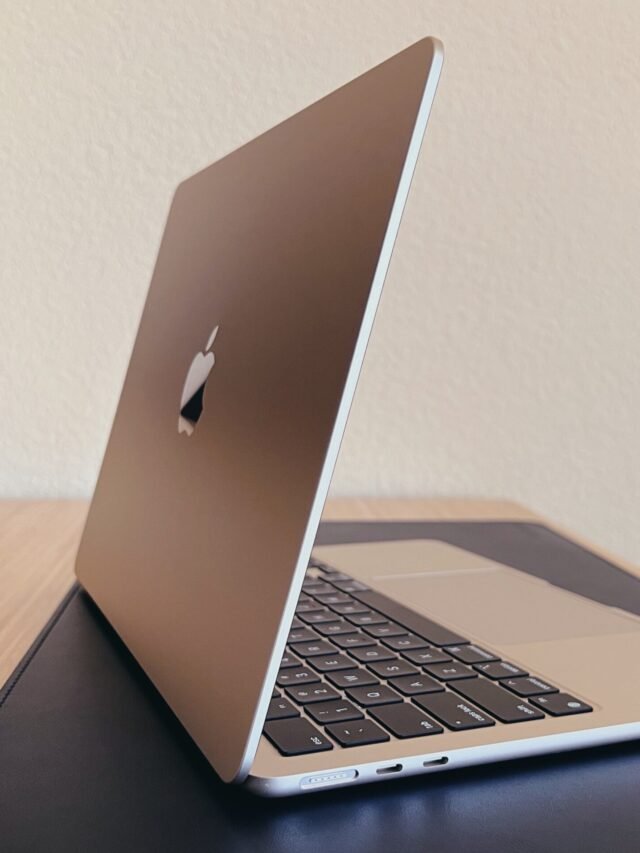
Add Comment